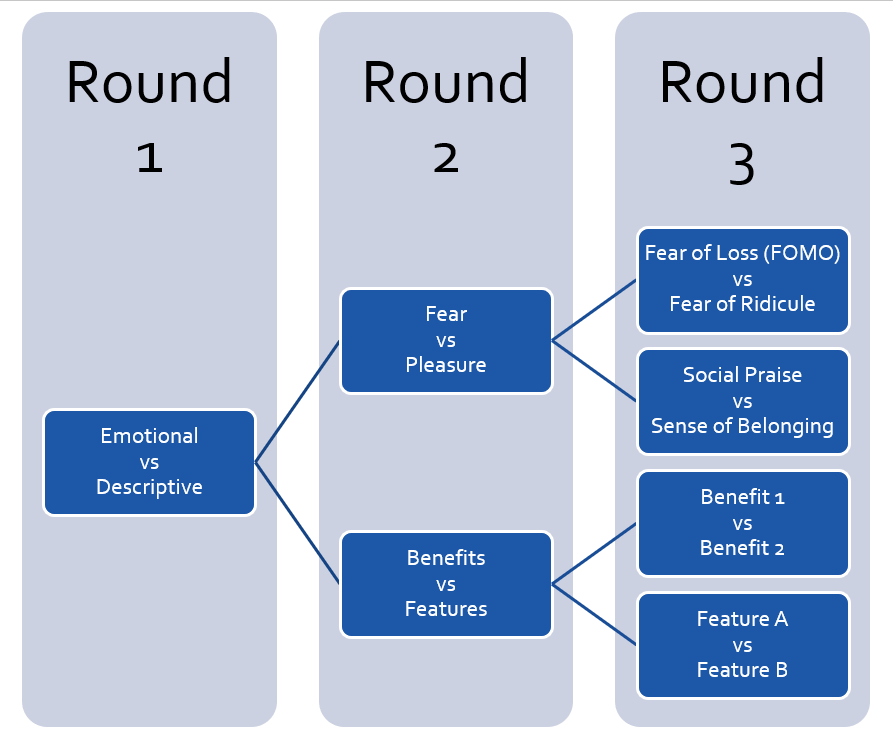Author: Robert Brady / Source: Practical Ecommerce
Ad copy is often the first interaction a consumer has with a business. For AdWords and Bing Ads, advertisers have 30 characters in Headline 1, 30 characters in Headline 2, and 80 characters of description text. That’s a lot of pressure to convince the reader to click the ad.
If you’re a seasoned pay-per-click advertiser, you may feel like you’ve tried everything to keep your ad copy fresh. You may have campaigns or ad groups where the champion ad has been running a very long time.
You may be tempted to use automation. But ad copy requires human intuition. In my experience, ad copy is one of the last places to bring in machines.
No matter how long you’ve been running PPC ads or what industry you’re in, creating fresh ad copy is likely a challenge. An effective testing strategy — one that teaches you about your customers — is even more challenging.
In this post, I’ll offer a step-by-step testing strategy for PPC ads. It will, hopefully, offer new ideas for many months and help you better understand your customers and prospects.
Testing in 3 Rounds
The diagram below illustrates a 3-round testing plan for PPC ad copy. This plan is simple yet powerful. You can customize it for your company and make it even more useful.

Round 1 tests whether your prospects respond to emotional or descriptive ads or both. Round 2 then refines those results, to determine “fear vs. pleasure” and “benefits vs. features.” Round 3 fine-tunes the results of round 2, testing (a) fear of loss vs. fear of ridicule,” (b) social praise vs. sense of belonging, (c)…
Audience Team
The digital audience insights you need to build, manage and market to your digital audiences.

